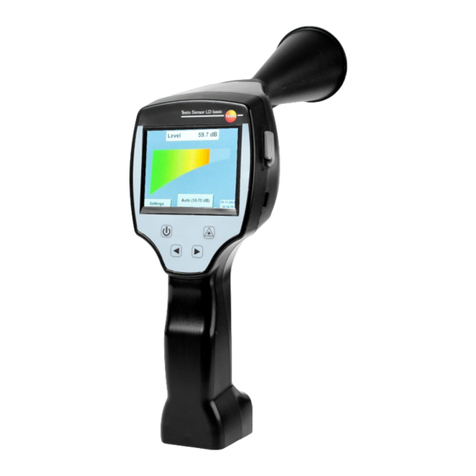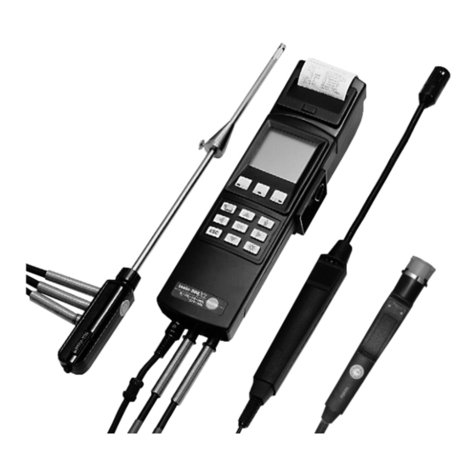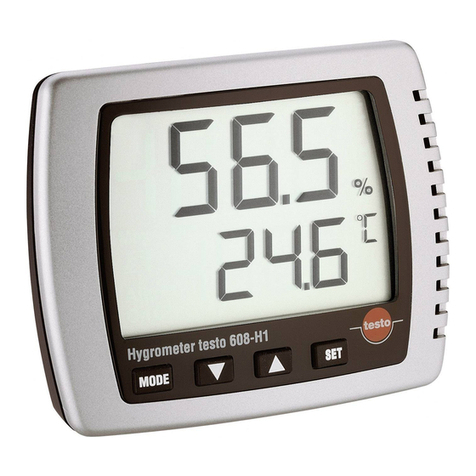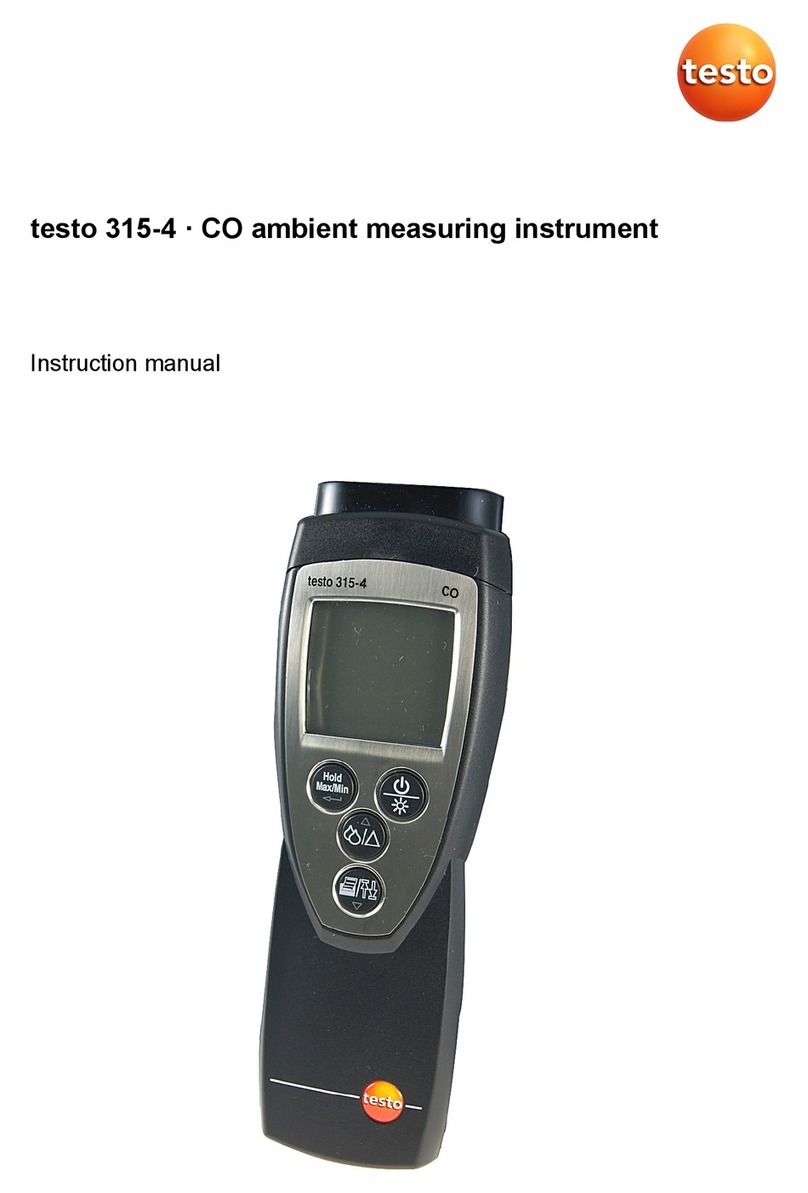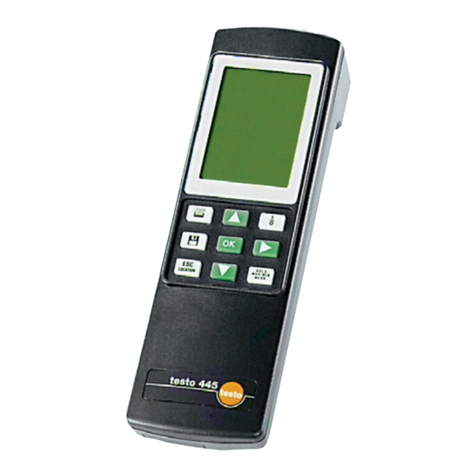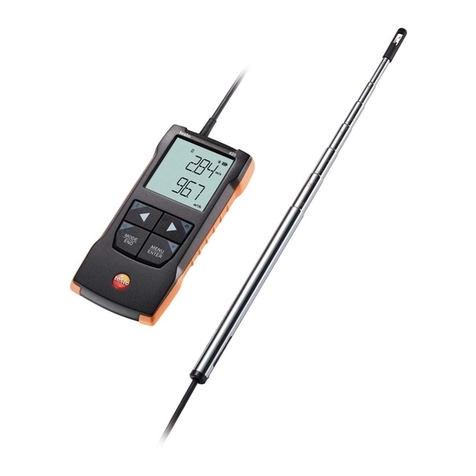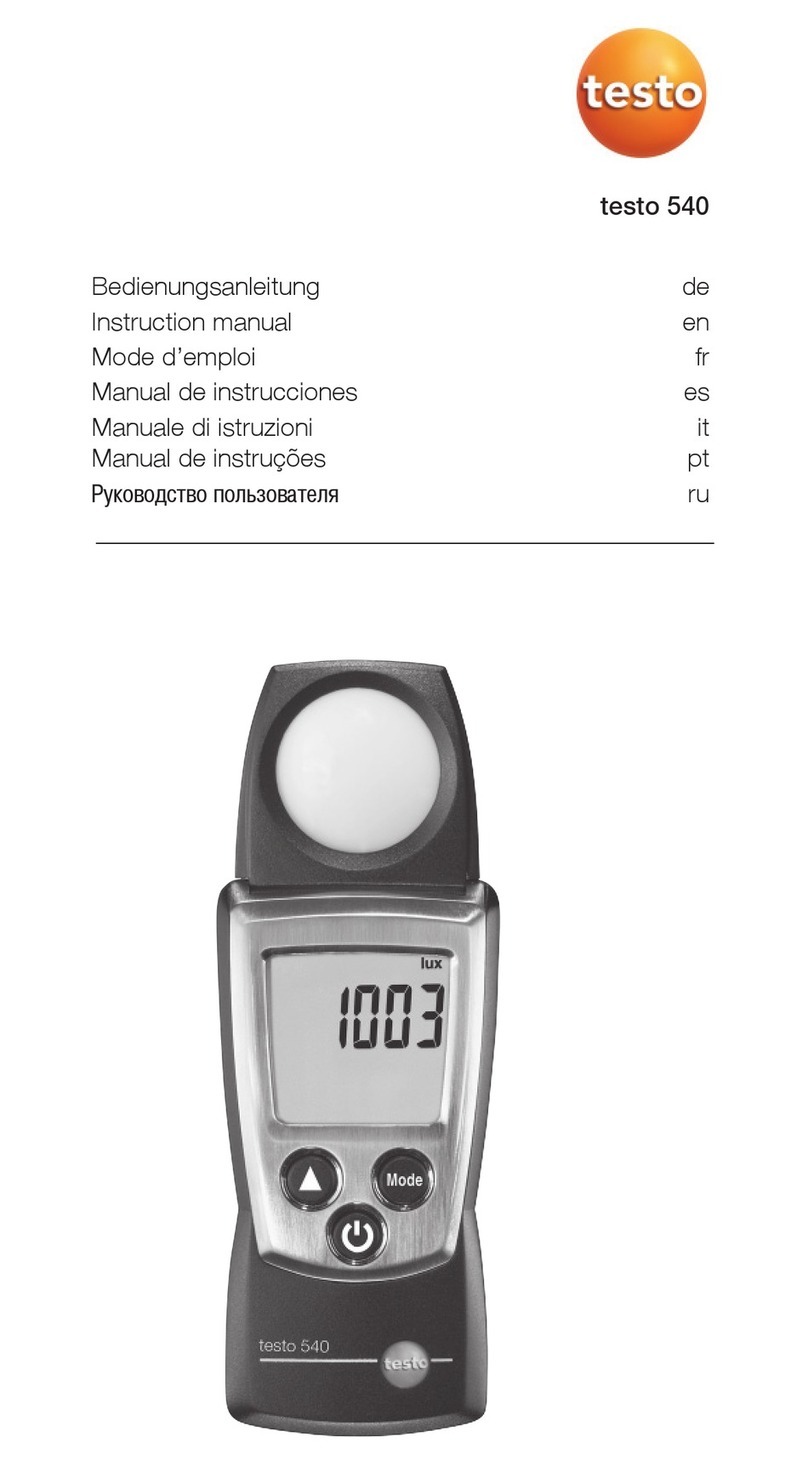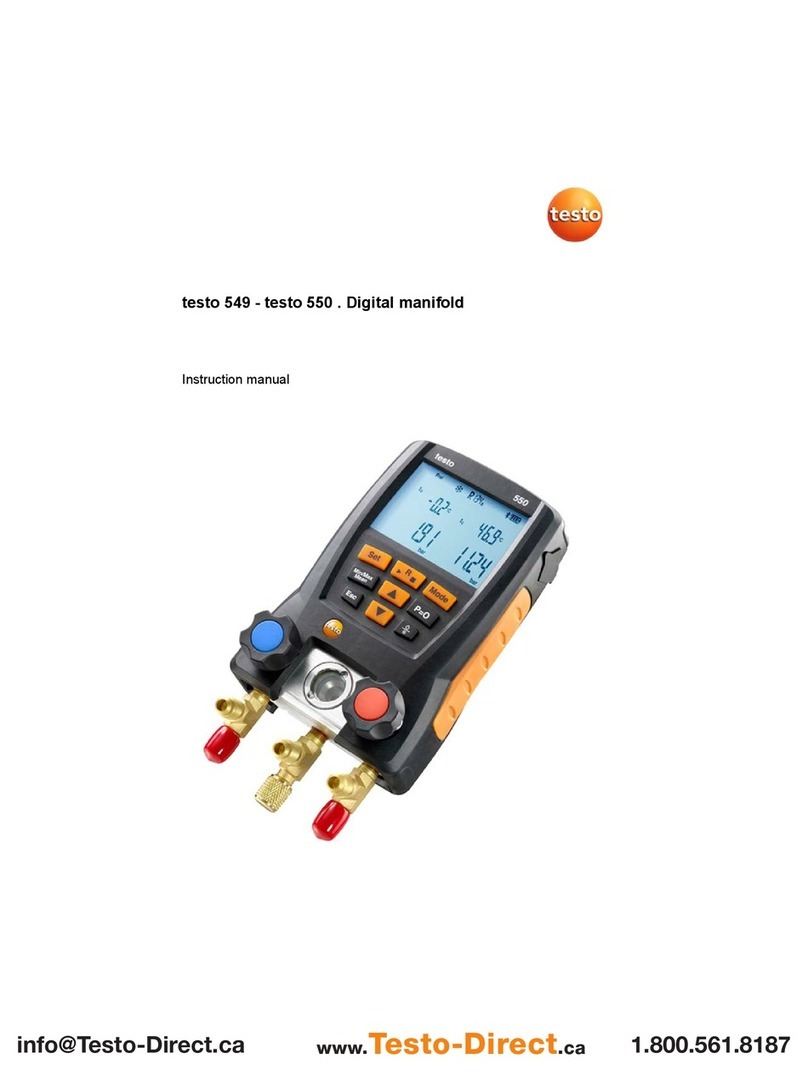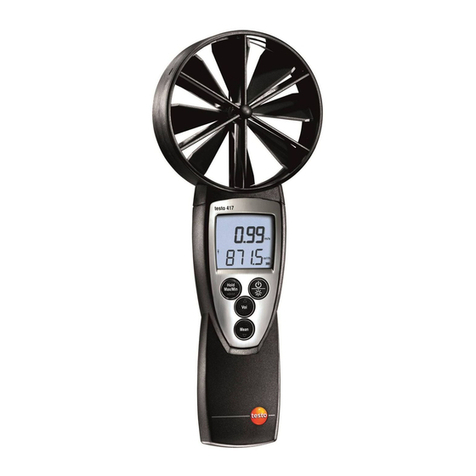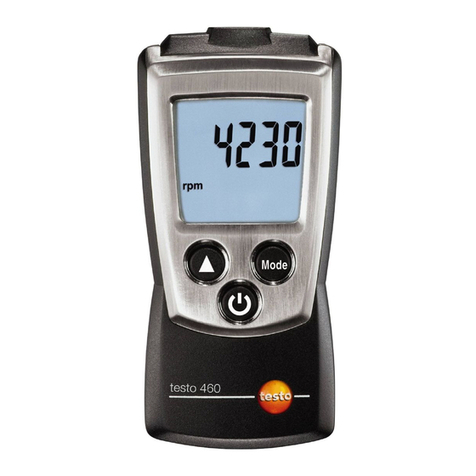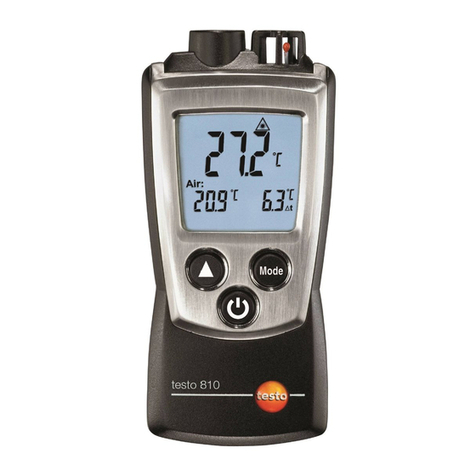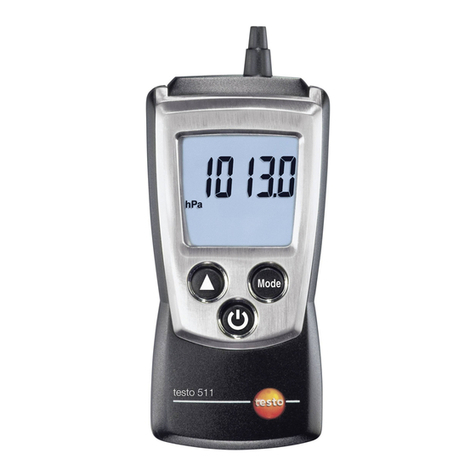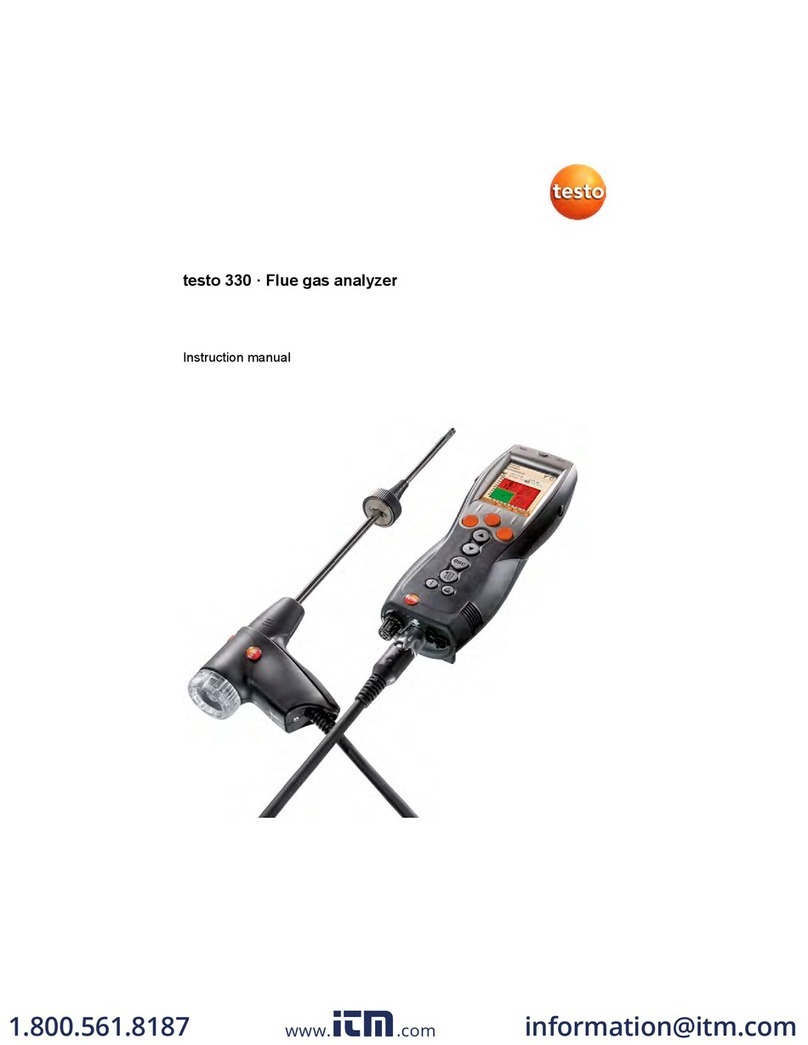
1 Contents
3
1Contents
1Contents ...................................................................................................3
2Safety and the environment....................................................................6
2.1. About this document........................................................................6
2.2. Ensure safety...................................................................................7
2.3. Protecting the environment..............................................................9
3Specifications ........................................................................................10
3.1. Use ................................................................................................10
3.2. Technical data ...............................................................................10
3.2.1. Examinations and licenses ............................................................................10
3.2.2. Declaration of Conformity ..............................................................................12
3.2.3. Measuring range, accuracy and resolution.....................................................13
3.2.4. Instrument data..............................................................................................13
3.2.5. Other instrument data ....................................................................................14
3.2.6. Particulate matter probe.................................................................................14
3.2.7. Warranty........................................................................................................14
4Product description...............................................................................15
4.1. Scope of delivery ...........................................................................15
4.2. Overview of testo 380....................................................................16
4.3. Overview of particulate matter probe.............................................17
4.4. Overview of outlet nozzles in the testo 380 ...................................18
4.5. Overview of cleaning material........................................................19
4.6. Overview of status displays ...........................................................19
4.6.1. testo 380 status display .................................................................................19
4.6.2. Particulate matter probe status display ..........................................................20
4.6.3. Measurement system status display ..............................................................20
4.6.3.1. Status display of the testo 330-2 LL V2010 (item no. 0632 3307)....20
4.6.3.2. Status display of the testo 330-2 LL/F (item no. 0632 3305)............20
4.7. Gas path........................................................................................21
5First steps ..............................................................................................24
5.1. Getting to know the product...........................................................24
5.1.1. Checking the firmware version of the testo 330 .............................................24
5.1.2. Inserting the testo 330 ...................................................................................25
5.1.3. Connecting the preheating section.................................................................26
5.1.4. Connecting the particulate matter probe ........................................................27
5.1.5. Using the particulate matter probe .................................................................29
5.1.6. Mains operation .............................................................................................30
5.1.7. Switching the measuring system on...............................................................30
5.1.8. Switching the measuring system off...............................................................30
5.1.9. Removing the testo 330 from the testo 380....................................................30
